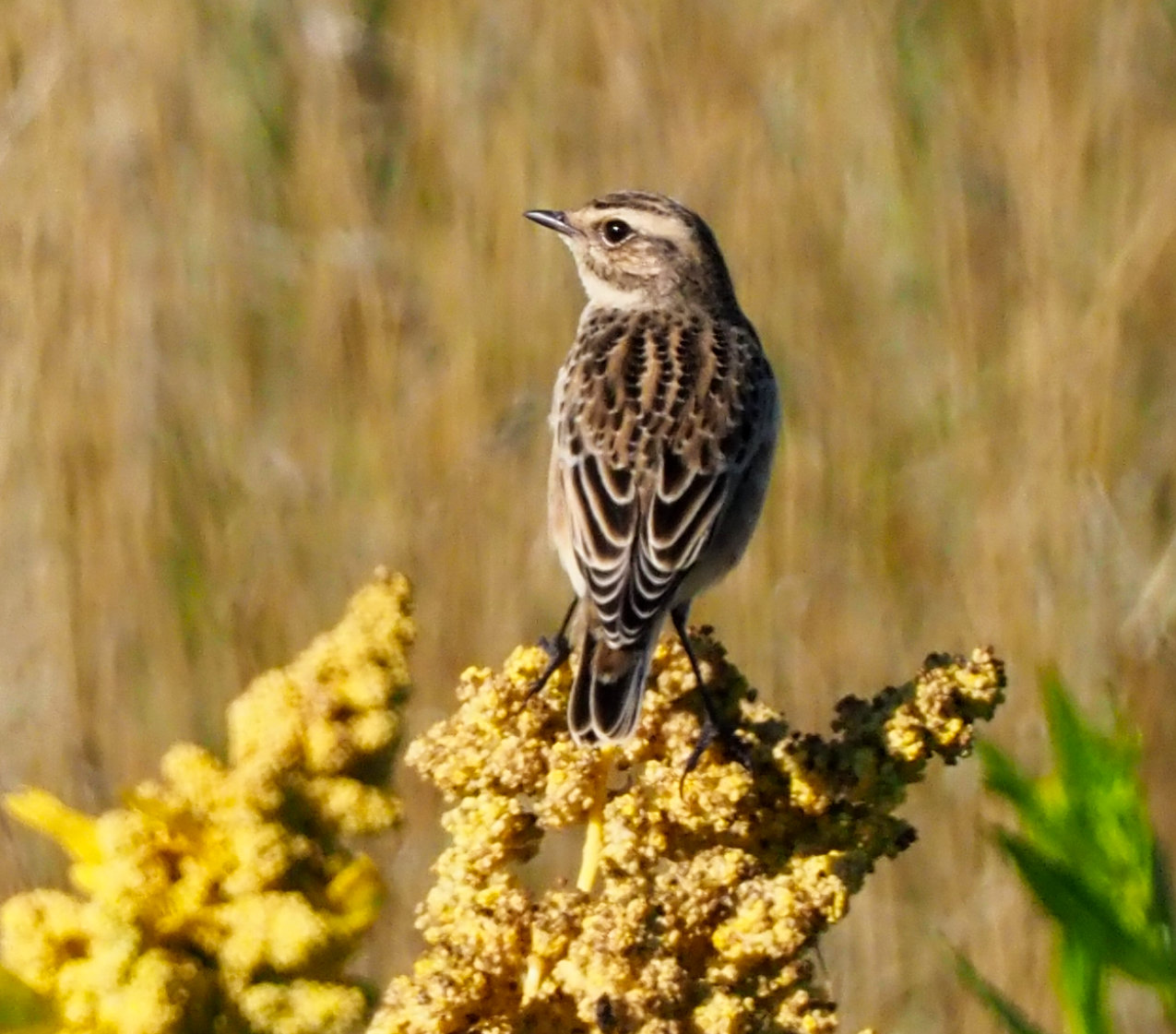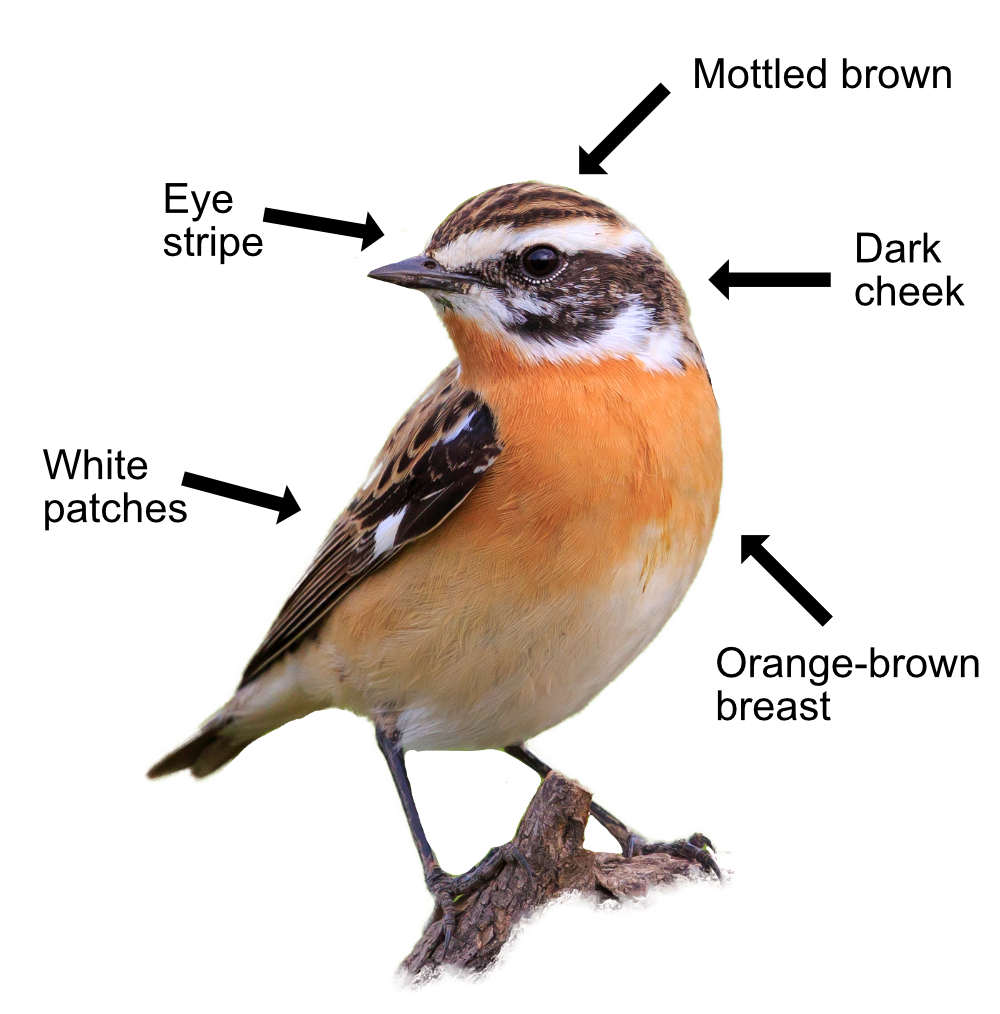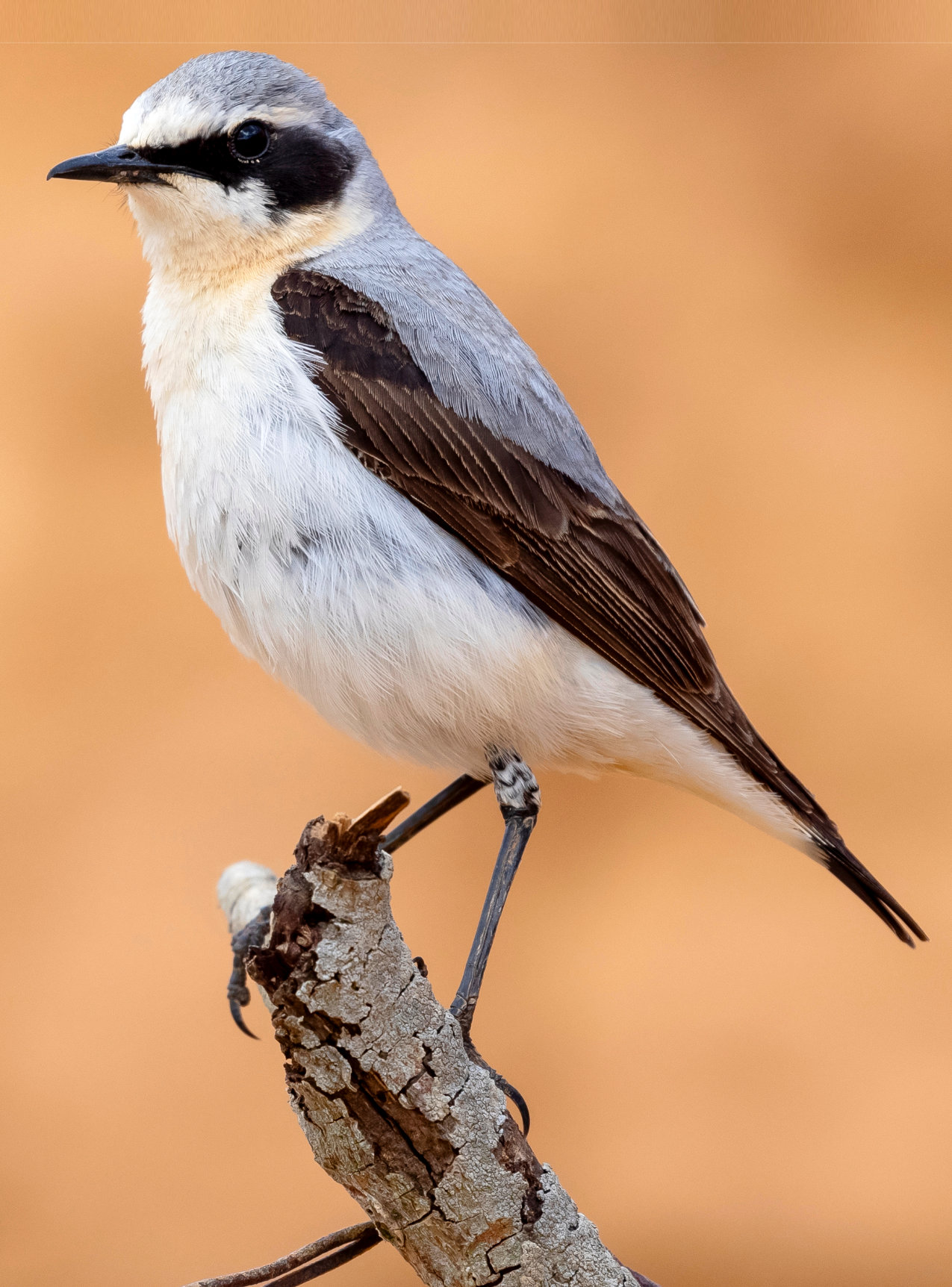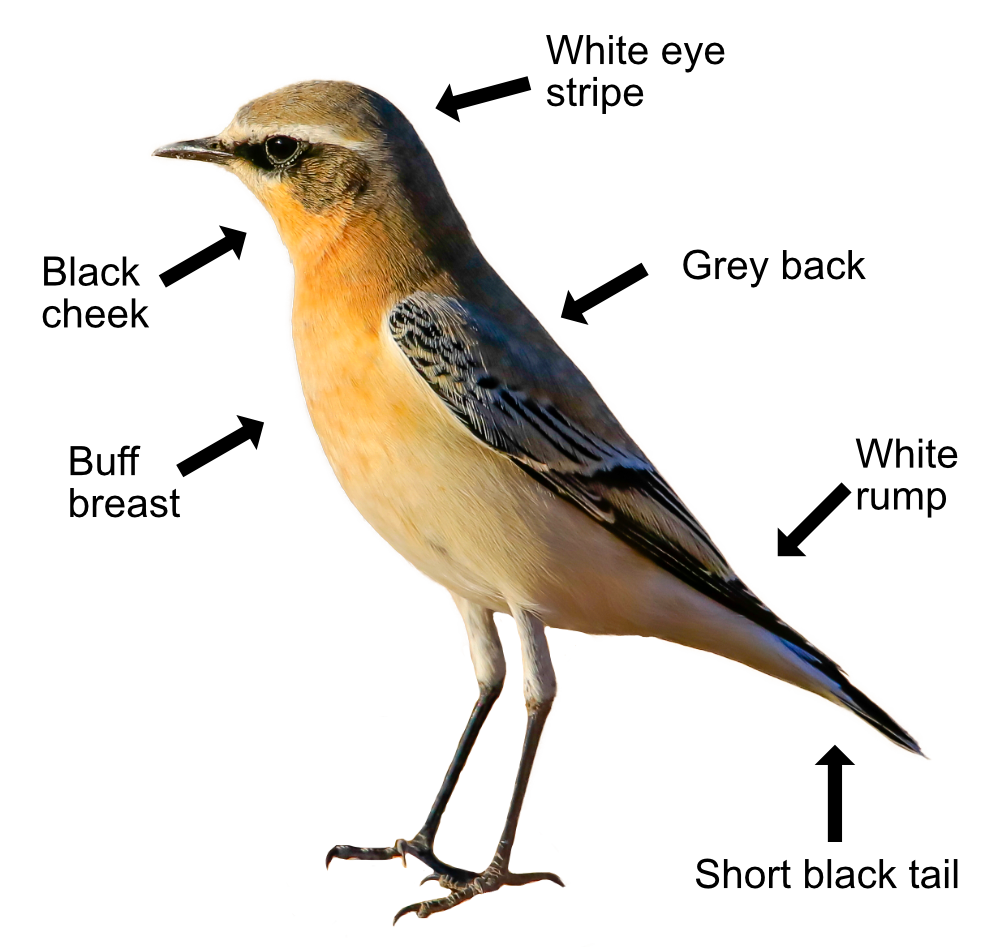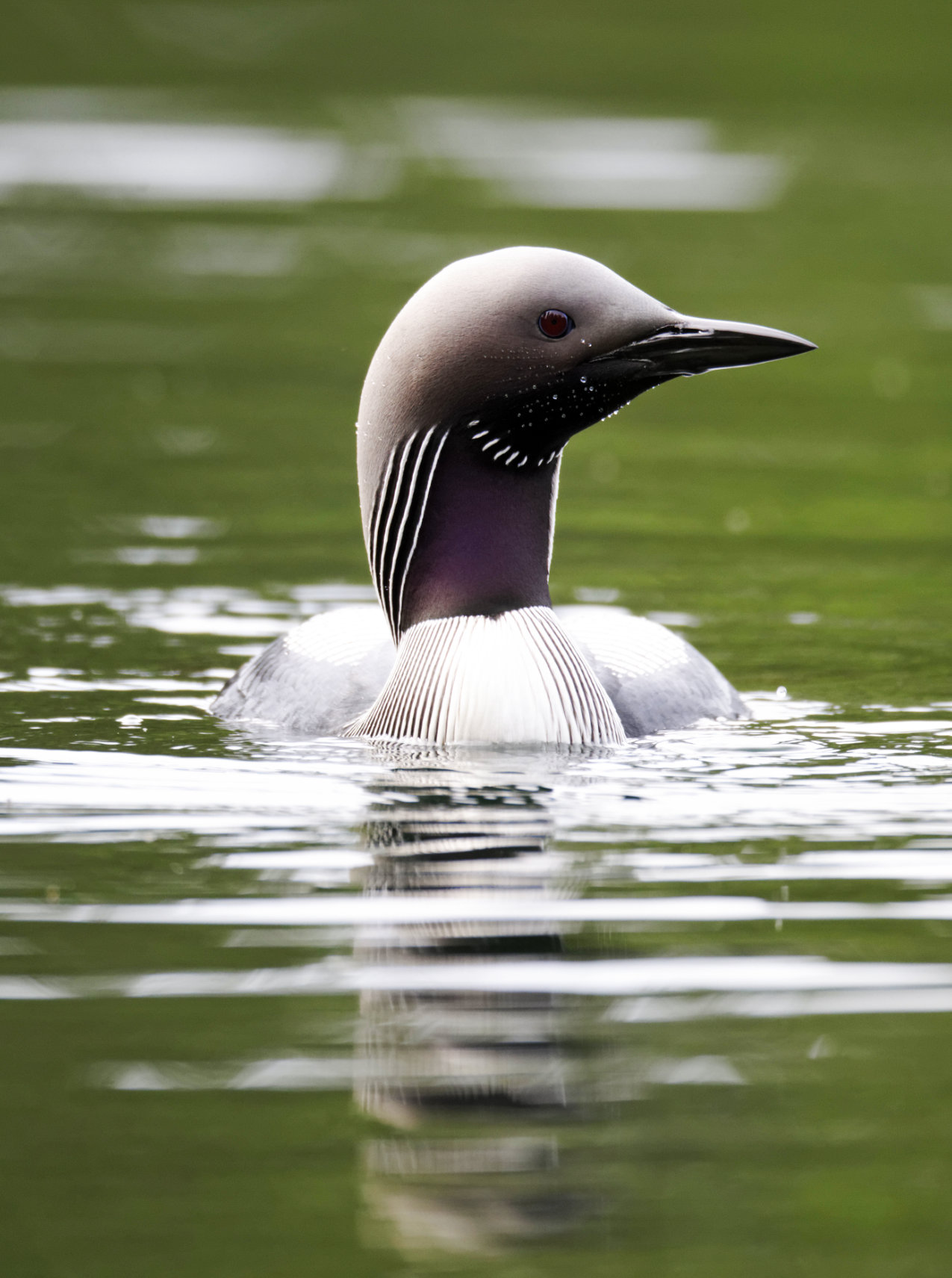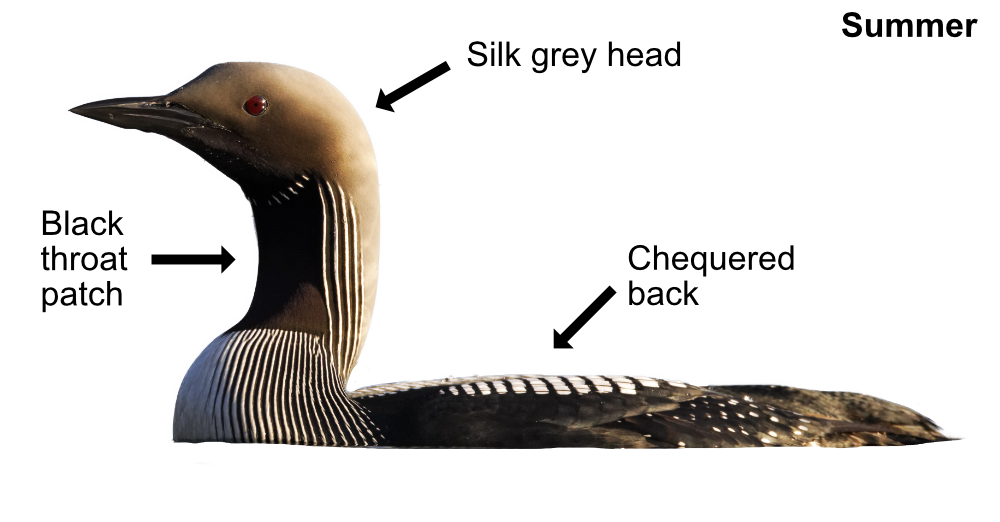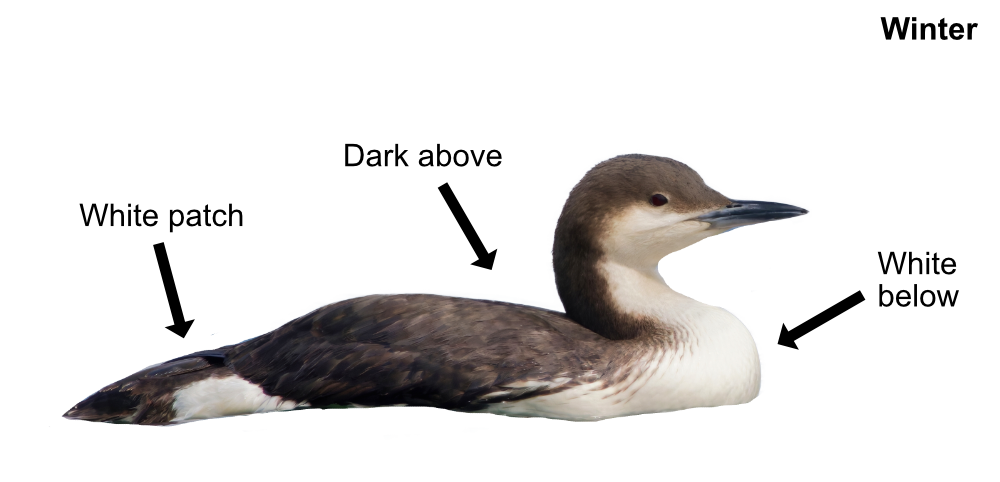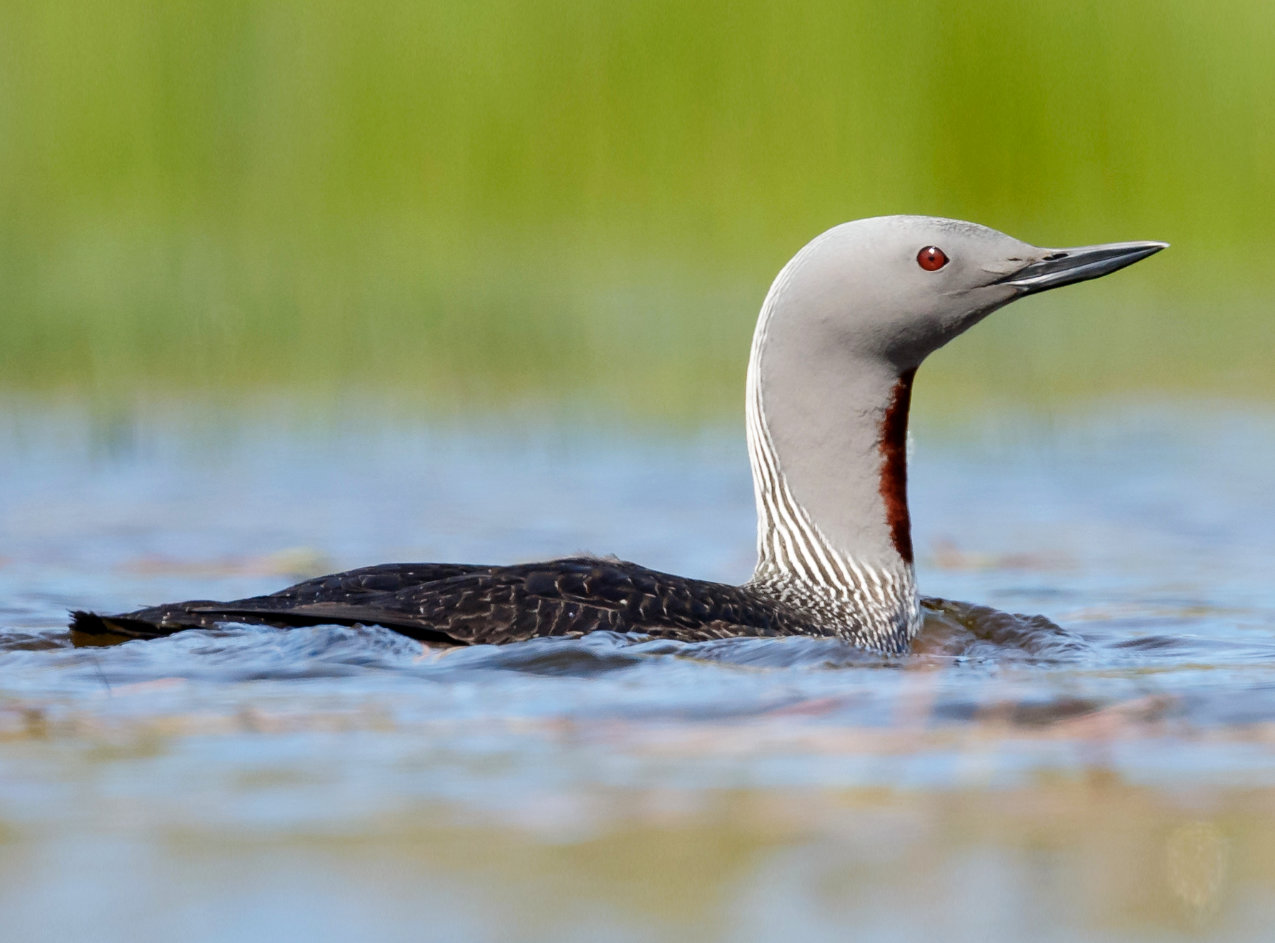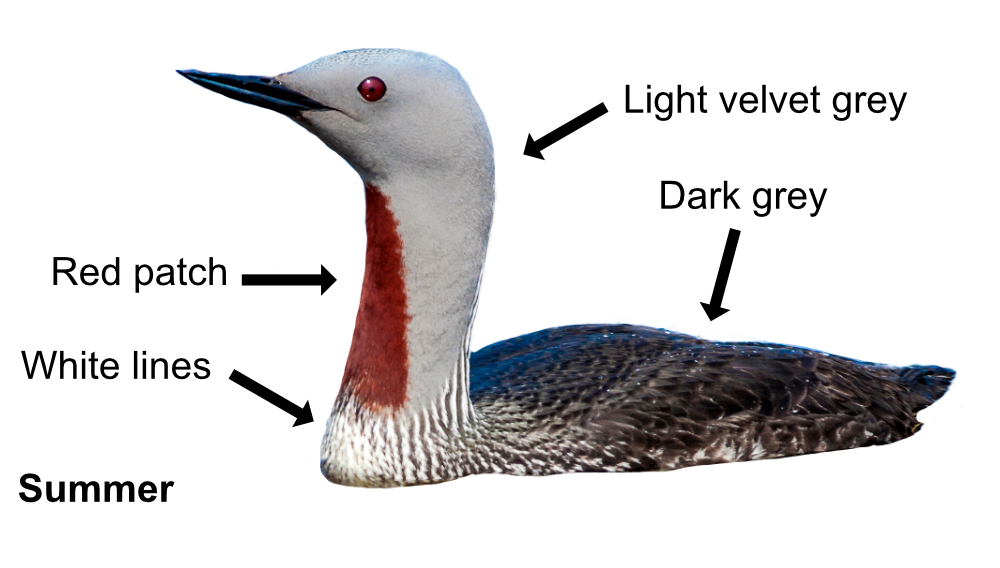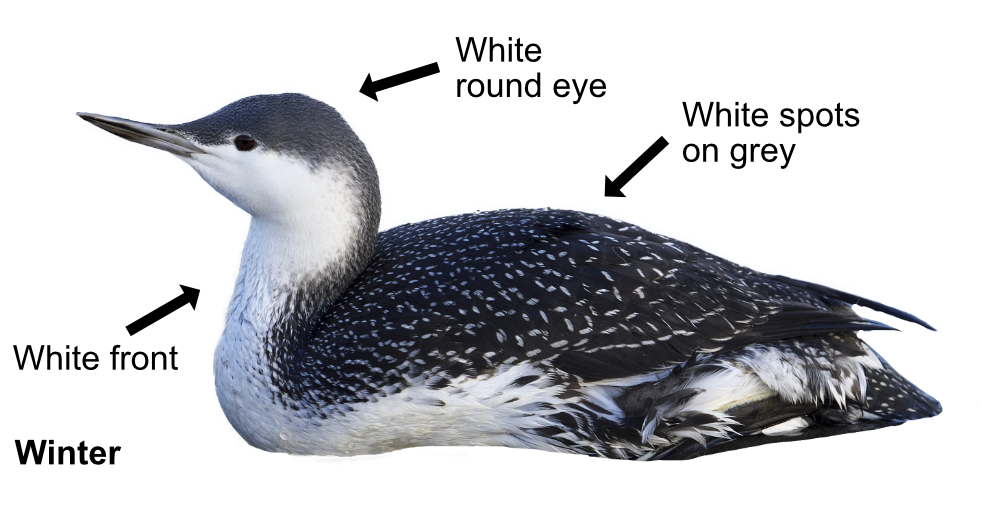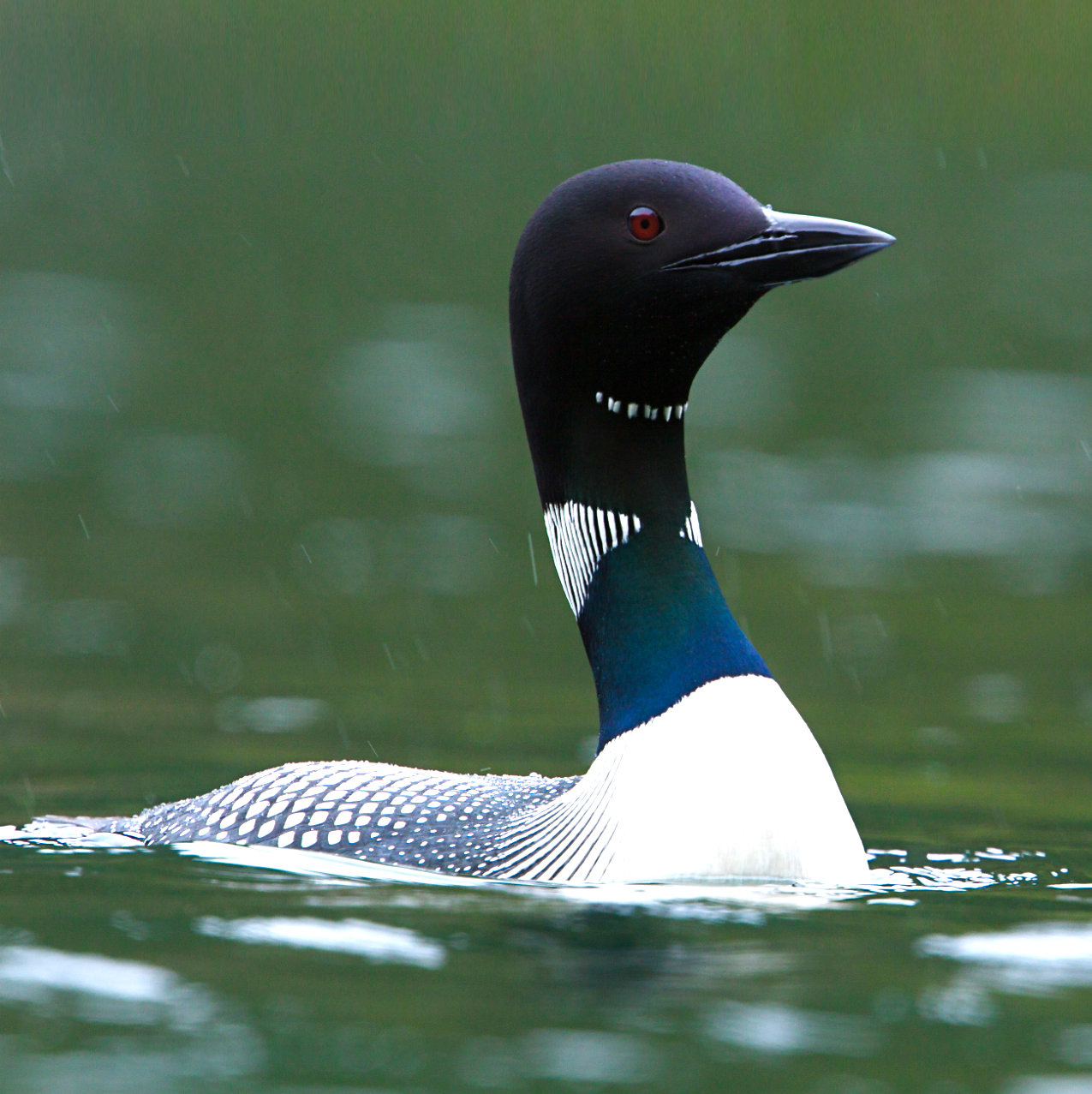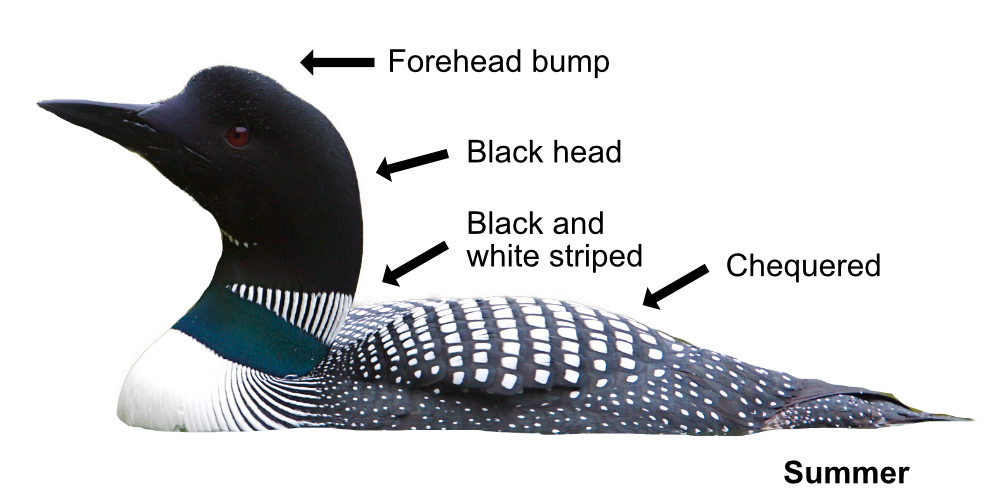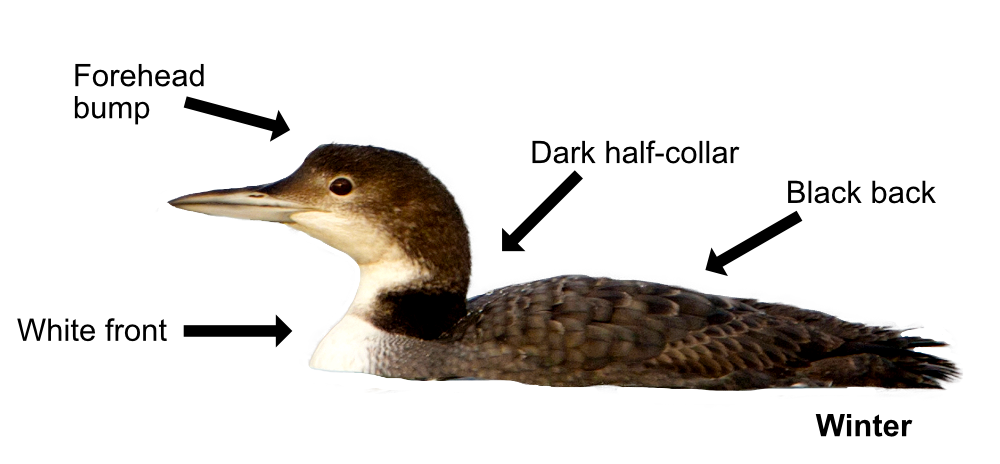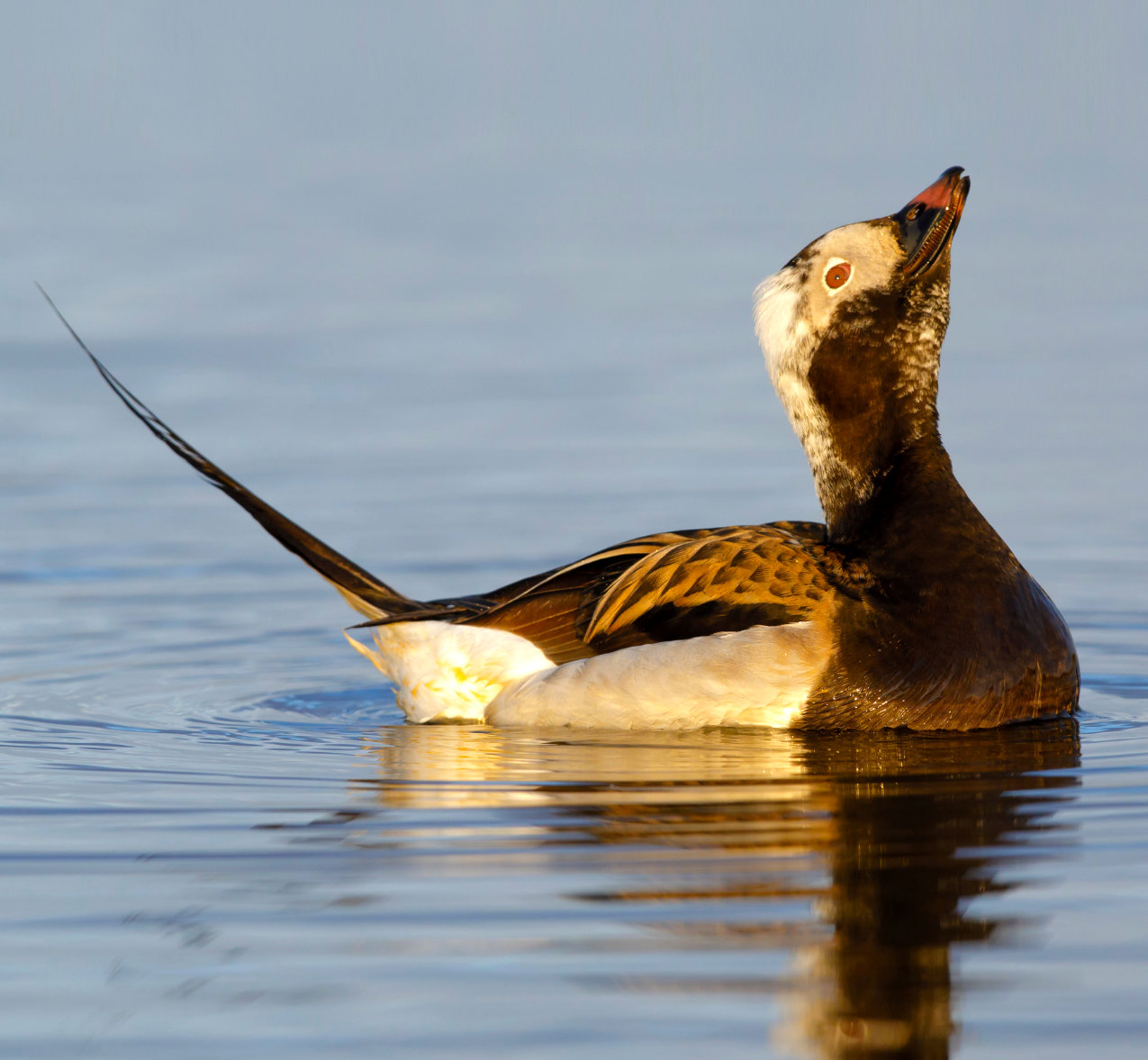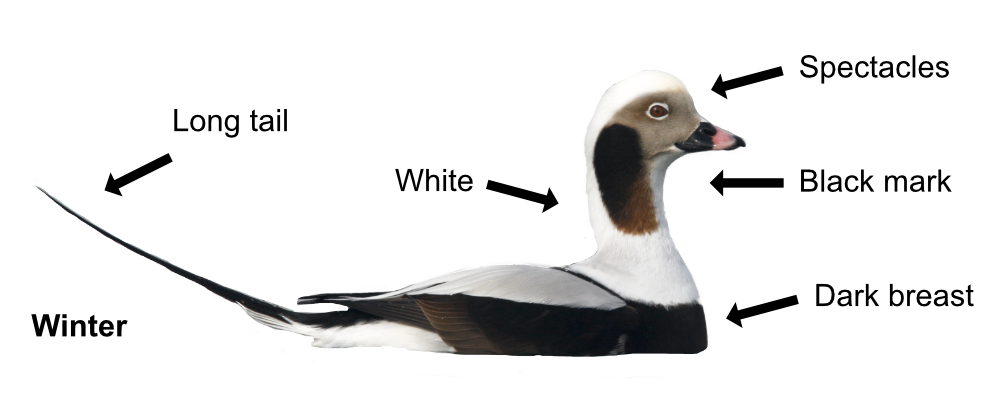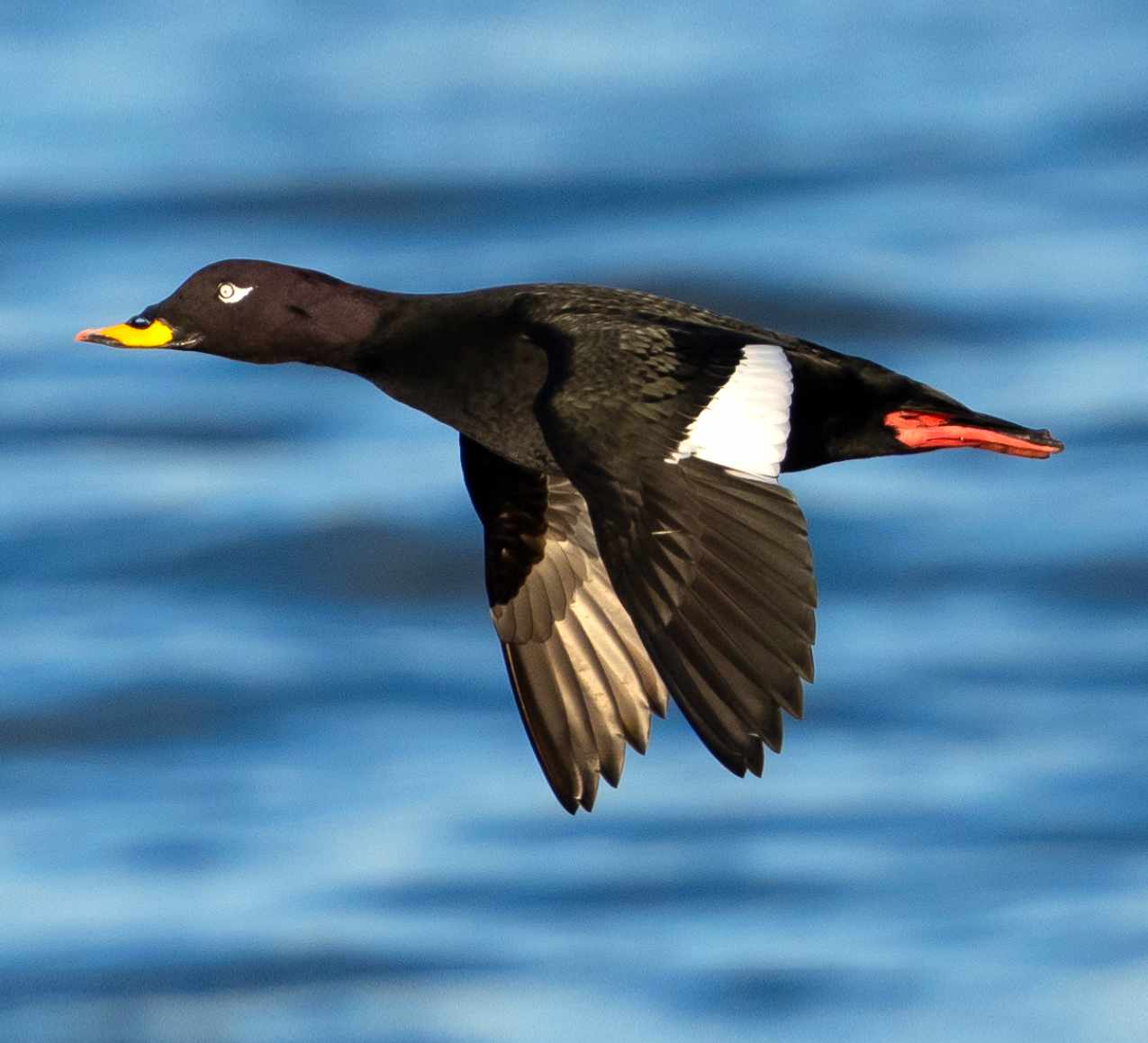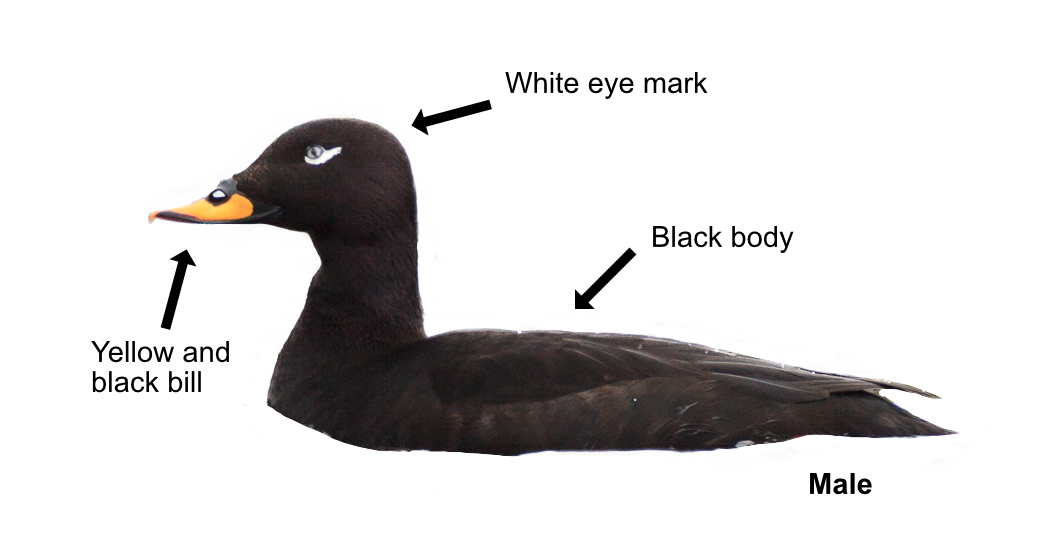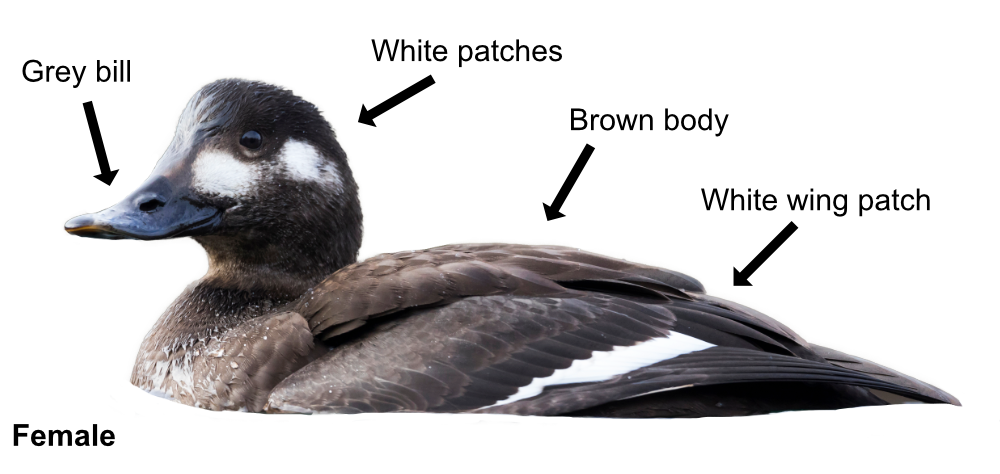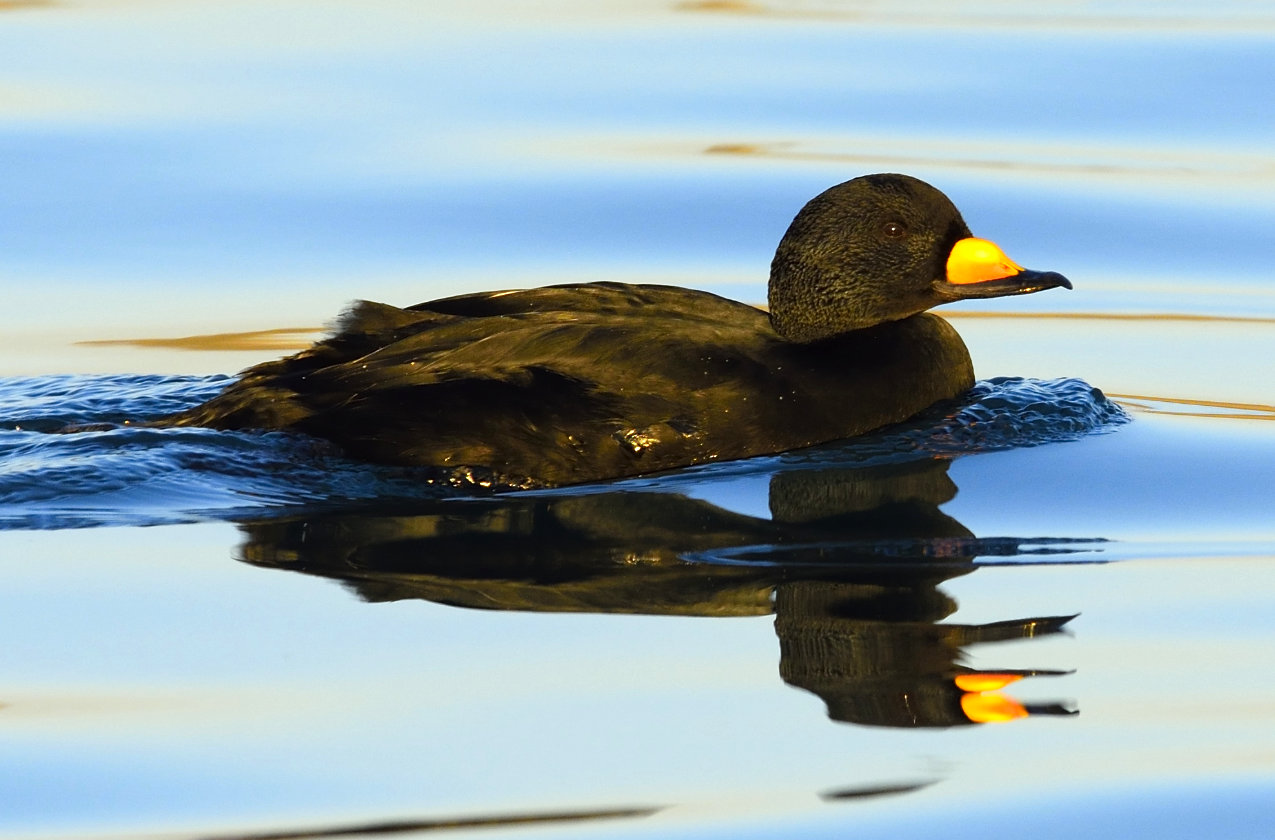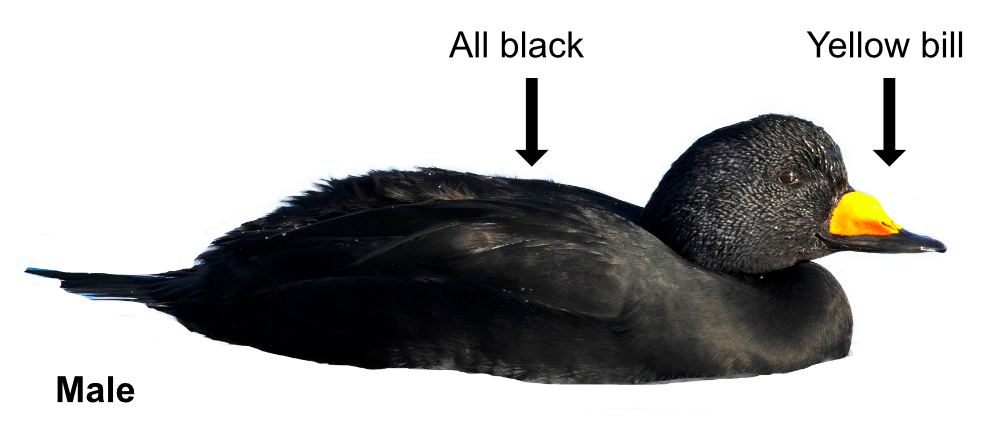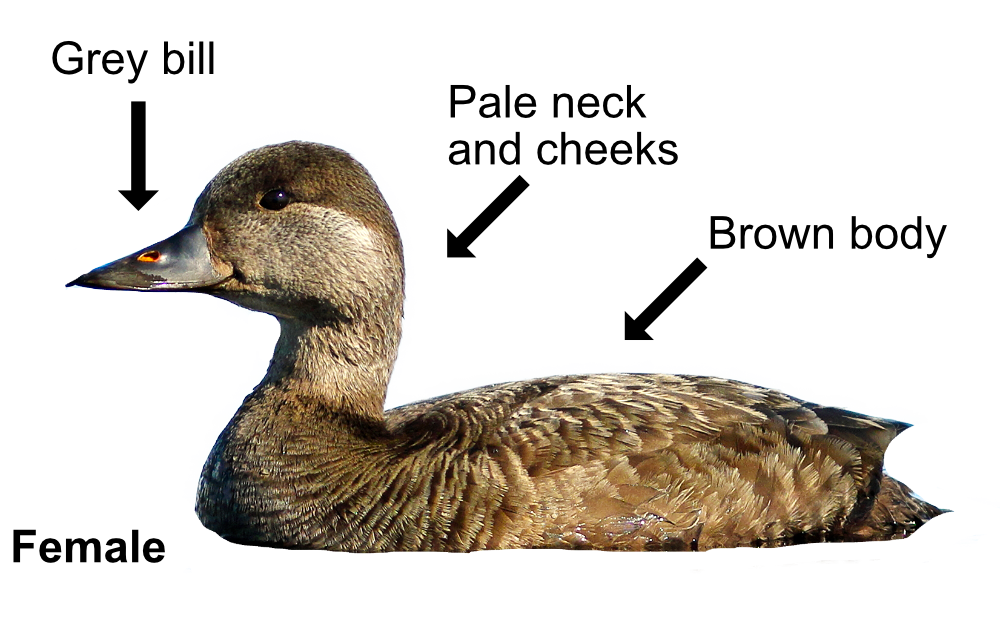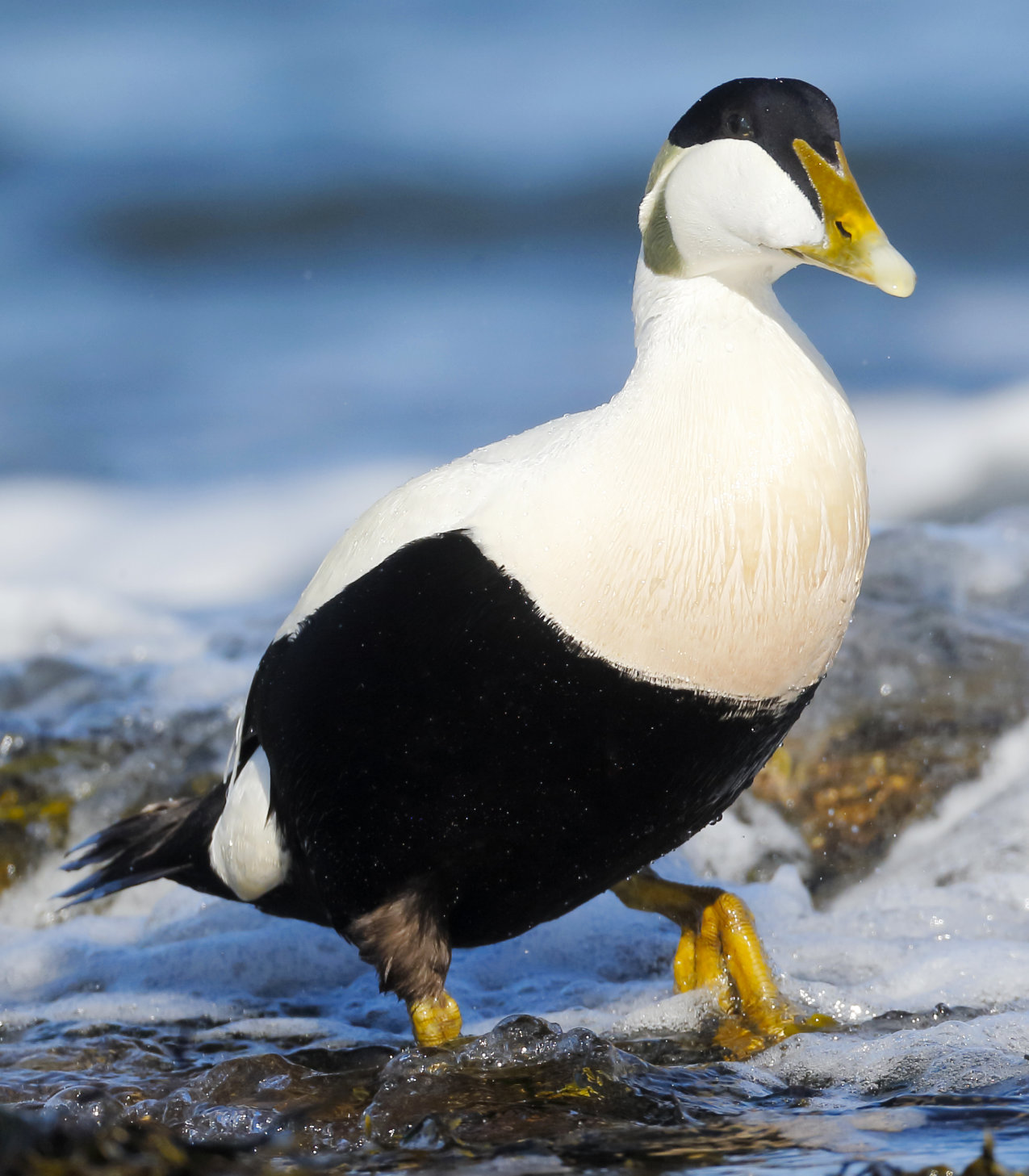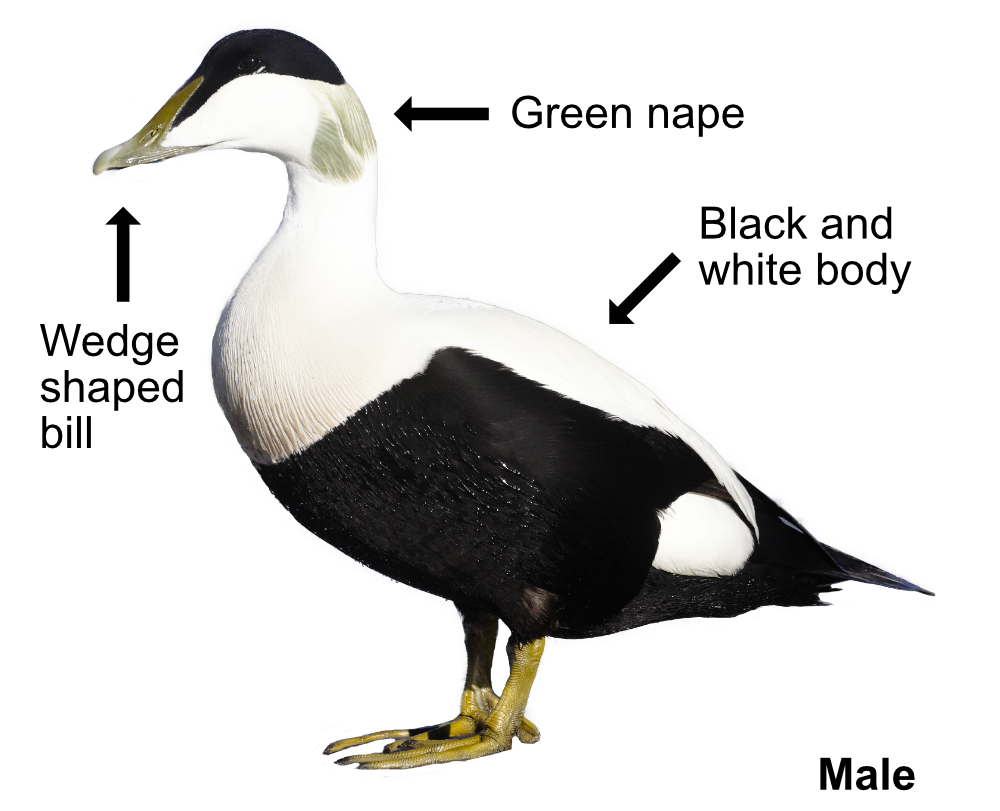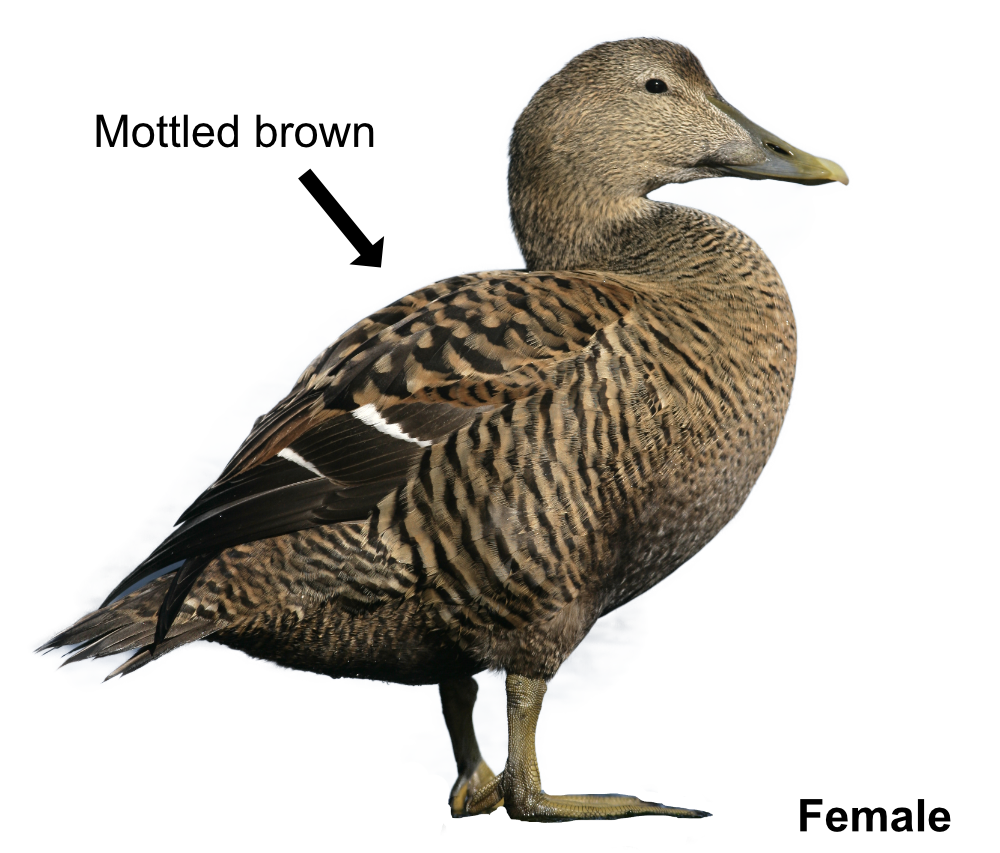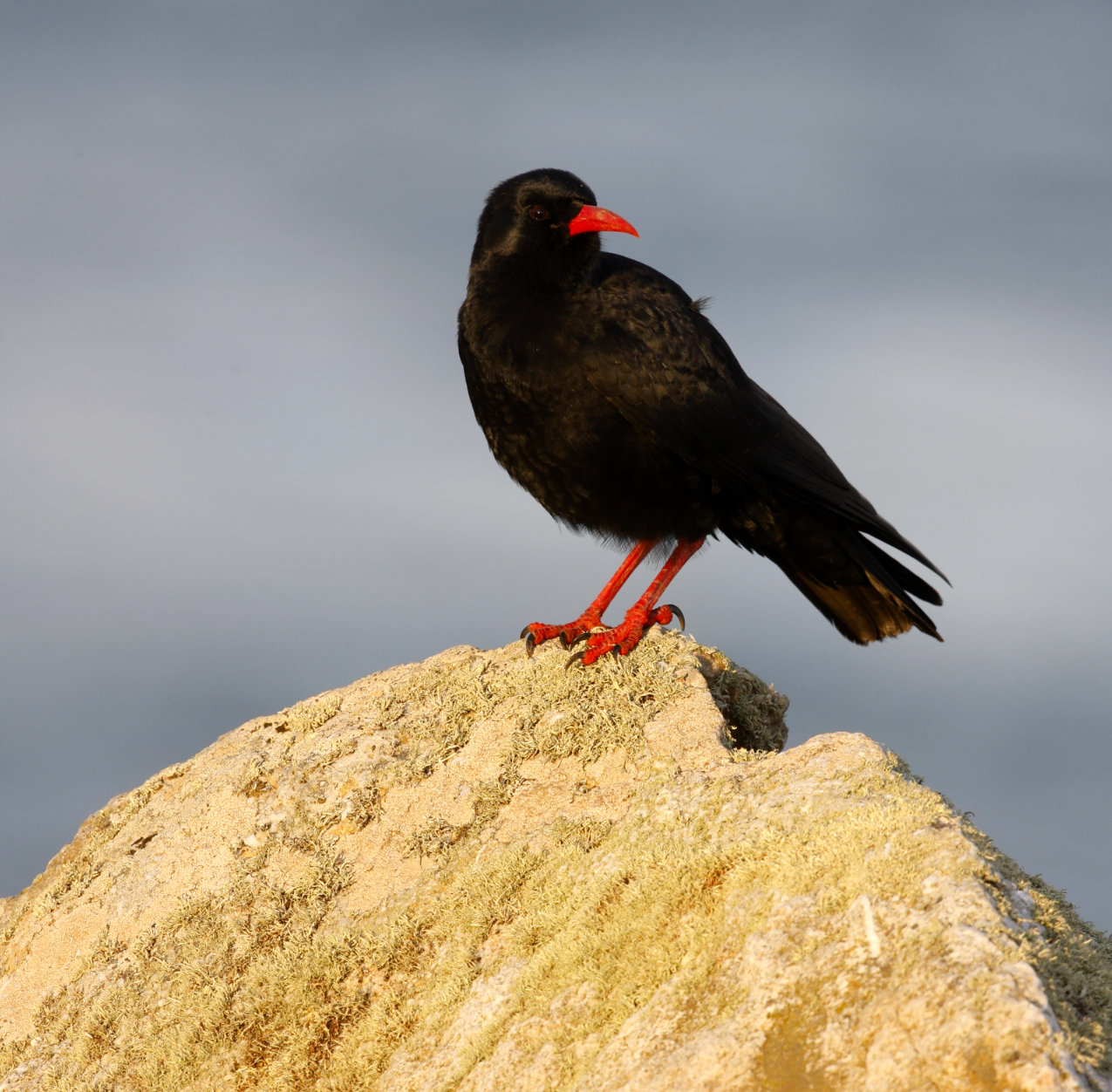
The Chough (pronounced "chuff") is a rare crow that loves uplands, crags and cliffs. They are usually seen in small groups and tend to stay in the same area. They are mainly found on Britain's west coasts and the Cornish like them so much, they are on Cornwall's coat of arms, proudly sitting on top of the crest flanked by a tin miner and a fisherman.
Rook-sized, Choughs are glossy black with red legs and a distinctive red, down-curved bill. When flying, the wings are deeply fingered and the tail looks square-ended. Being cliff dwellers, they are acrobatic masters of flight. Choughs moult slowly so they can always fly. On the ground, they tend to bounce and hop about when looking for food. Their call is a reverberating "chow" similar to, but louder than, a Jackdaw's
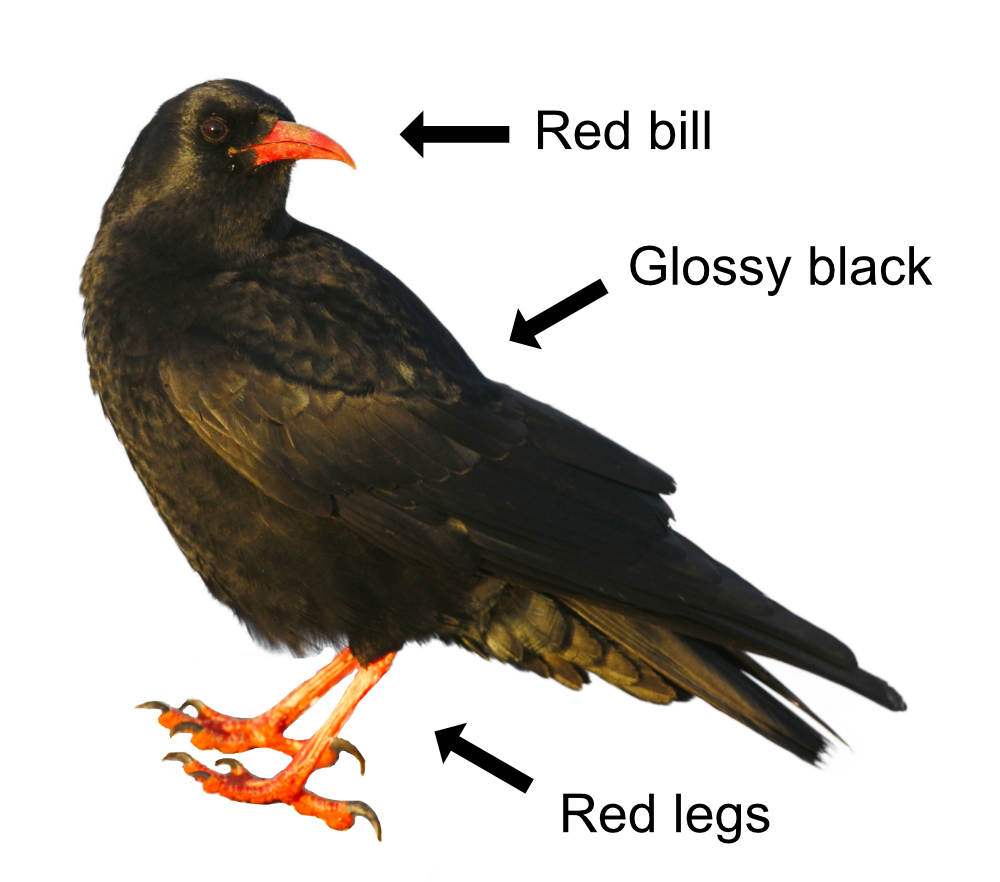
Choughs feed by probing, digging and turning over stones for invertebrates like ants, leatherjackets, beetles and other insects. They will also eat grains and berries.
Choughs rarely move far from their breeding areas and usually pair together for life. They nest in rock cavities, sea caves and even old mine shafts. The nest is built of sticks and lined with mud, moss and hair. The 3-5 eggs hatch after 17 days and the youngsters are fed by both mum and dad. After 40 days they can fly, but stay with their parents for a further 4-5 weeks.
Like many birds, the Chough population has declined, mainly due to the loss of their open habitat. Cattle and ponies used to graze the cliff tops, keeping the grass short and providing good, cropped ground for hunting insects. With the reduction in grazing, cliff tops have become too overgrown for the Chough. They are also easily disturbed by tourists. There are about 400-500 pairs in Britain and the oldest known Chough lived to 16.
Their Latin name is 'pyrrhocorax pyrrhocorax' from the Ancient Greek 'purrhos' for 'flame-coloured' and 'korax' for 'crow'. The English name is thought to be from their call (as in 'bough' rather than 'rough'). A local Cornish name is 'palores' which means 'digger', a reference to their habit of digging away at loose soil to find insects. Legend has it that the soul of King Arthur departed in the form of a Chough, its red feet and bill signifying Arthur's violent and bloody end, so making killing them really unlucky.
As well as the 'Cornish' Chough, there's an Alpine Chough that lives high in the mountains.
